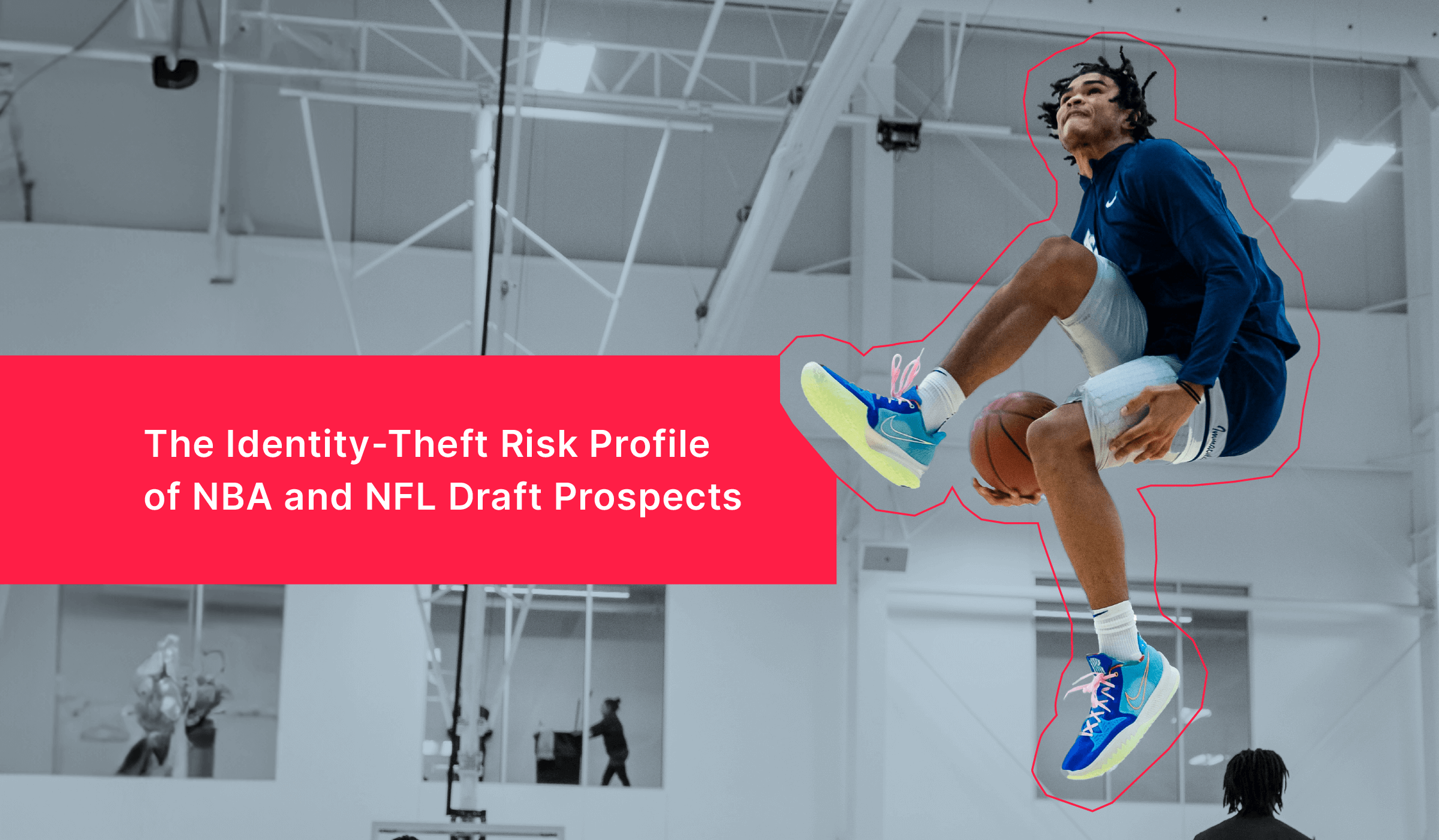Blog post
Balancing Risk and Customer Experience: Highlights from Our Beyond DocV Webinar
Abhi Puranam
Published
April 17, 2025
.png)
At SentiLink, we're constantly exploring how identity verification can be both secure and seamless. Our recent webinar, "Beyond DocV: How FinTech Leaders Balance Risk and Customer Experience," brought together a powerhouse panel—Michelle "Wheels" Wheeler (Industry Principal at SentiLink), Joe Cary (CFO & Head of Risk & Compliance at cred.ai), and Andy Zhu (Product Manager at Kikoff)—to dive into tradeoffs and approaches in onboarding workflows.
Whether you're leading risk, product, or compliance at a FinTech, you shouldn't miss this conversation. The conversation was rich, practical, and packed with insights from two of the fastest-growing fintech companies in the United States. If you want to watch the full session, you can find the link here. But if you're here for the highlights—read on below.
Approaching Fintech Onboarding
The two-level problem of onboarding: "Are you real, and are you risky?"
Joe introduces a powerful two-level framework to evaluate onboarding. First, confirm the applicant is real (CIP, identity theft, synthetic fraud). Second, assess intent: are they likely to commit first-party fraud? His approach tightly couples regulatory and fraud controls into a single, risk-oriented philosophy.
"When I think of onboarding, I think of it as you're asking two questions. The first one we call the level one problem: are you who you say you are? That's your basic CIP, but it's also identity theft and synthetic fraud [...] The level two problem is: okay, you are who you say you are—but are you out to get us?"
The importance of reducing reliance on document verification
Andy Zhu shares why Kikoff chose to emphasize avoiding document verification (DocV) from their primary onboarding funnel—and what happened next. His team noticed significant abandonment when users were prompted to upload identifying documents. Instead, they leaned on identity signals from partners like SentiLink to verify users earlier and more seamlessly in the funnel.
“We found that it leads to extremely high abandonment rates. So one of the first things that I was tasked with when I joined Kikoff was to figure out a way to avoid having users go through this funnel at all. We obviously want to onboard as many real people as possible, and we think the easiest way to do that is to avoid going through the DocV path and to be able to work with a vendor like SentiLink.”
Improving and measuring onboarding success
Verifying more thin-files using tools like SentiLink CIP Match
Many users who need credit the most—recent immigrants, young adults, or thin files—fail traditional credit bureau identity checks. Andy explains how SentiLink’s CIP Match helped Kikoff open access to these users, reduce DocV usage, and significantly improve onboarding rates.
“You're basically funneling everyone who doesn't have a file on file with the credit bureaus directly to DocV, which I've said before Kikoff has had varying low levels of success with DocV and a lot of those users end up abandoning. So adding SentiLink has been a huge boon for our onboarding funnel. We've been able to verify a lot more users. It's made a material impact on our bottom line.”
Retrostudies and optimizing onboarding funnels
Before engaging with SentiLink, Joe requested a retrostudy to validate performance on past applicants. The results gave his team confidence that the synthetic fraud scores were accurate—and uniquely helpful.
"If you're looking for a new score, any vendor should be willing to provide you with a retrostudy once you get all the PII security straightened out. We did that for example with SentiLink before we engaged with SentiLink on the synthetic side because early on we had a lot more synthetic risk than we do now. And so I was curious what our older pool looked like and that retrostudy proved to me that I knew that that was a good score for us and that SentiLink knew what they were doing."
Measurement and iteration to improve onboarding while reducing risk
Small errors can lead to false negatives. Joe describes how his team tracks DOB and SSN miskeys, even detecting if users pasted their SSN instead of typing it. They tweak workflows constantly to reduce friction without sacrificing risk control.
"We change our CIP and fraud workflow, I'd probably change it eight times a month on average. [...] And I want to know what does it look like? What does this happen? What's happening here? How often is this happening? So it's not necessarily impacting the outcome, but certainly twice a month we're probably making changes that are impacting the outcome. And most of those are trying to get more green path through. Really. We will pick up 20 basis points here, 30, whatever I can do to sneak someone through safely."
Closing thoughts
Risk and business teams working as one
Wheels reflects on a historic tension in FinTech: product teams want more users, while risk teams want fewer bad ones. In this webinar, she celebrates how companies like Kikoff and cred.ai are now blending these goals to create smarter, collaborative funnels.
“One of the things that I really liked hearing throughout this webinar is something that's always frustrated me as a person focused on fraud, which is that the risk and fraud and credit teams tend to be at odds with a marketing strategy. [...]. So it's very refreshing to hear that we've expanded past the sort of fisticuffs that we always had between get more revenue, bring more people on and protect the business.”
Watch the full webinar
This was just the tip of the iceberg. Catch the full recording to see:
- How Kikoff and cred.ai orchestrate DocV, fraud, and CIP checks
- How they handle escalations like DocV and manual review
- How to measure onboarding optimization ROI
Watch the full webinar here!
Facing challenges orchestrating CIP and fraud in your onboarding funnel? Get in touch with the SentiLink team to learn how we can help.
Related Content

Blog article
December 2, 2025
The Identity-Theft Risk Profile of NBA and NFL Draft Prospects
Read article
Blog article
November 21, 2025
CIP Requirements: What Financial Institutions Need to Know
Read article
Blog article
November 7, 2025